Idrw Team
SOURCE: IDRW.ORG


In a significant milestone for India’s indigenous Light Combat Aircraft (LCA) program, the eighth of the 18 Tejas Trainer Aircraft ordered by the Indian Air Force (IAF) has successfully completed its first flight. Marked with the designation “LT-5208”, this aircraft took to the skies, marking another step forward in the expansion of India’s self-reliant defense capabilities.
This development follows the first flight of the initial series production trainer aircraft, LT5201, which occurred on 5 April 2023. The Tejas Trainer, designed to prepare pilots for the complexities of flying the combat versions of the Tejas, is a crucial component of the IAF’s modernization efforts.
Continue readingSOURCE: IDRW.ORG
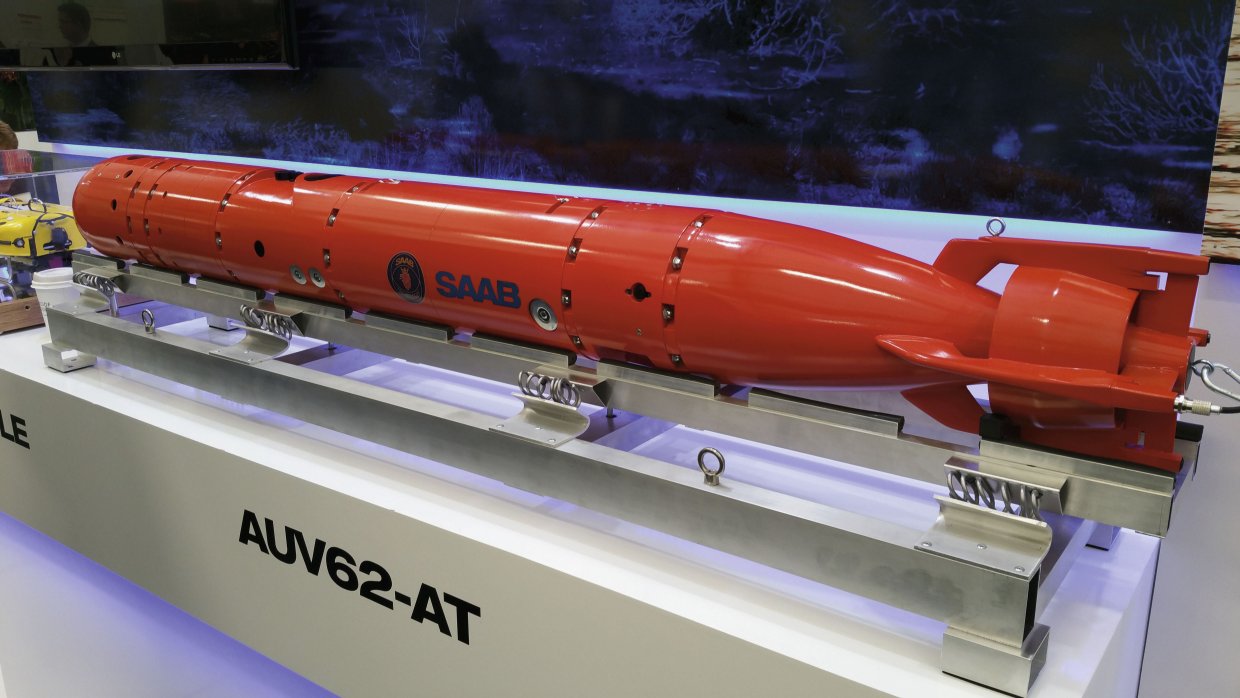

With a coastline extending over 7,500 kilometers, India is uniquely positioned to benefit from robust maritime security solutions. Ensuring the protection of its vast shores against military threats, natural disasters, and accidents is essential for safeguarding its national interests. Saab, a global leader in defense and security solutions, offers a comprehensive suite of unmanned underwater systems tailored to enhance India’s maritime security capabilities. These systems are designed to address a wide range of challenges, from mine countermeasures (MCM) to anti-submarine warfare (ASW), counterterrorism, and more.
As India continues to modernize its naval capabilities, Saab’s cutting-edge technologies, including the AUV62 System, Double Eagle Sarov, and Sea Wasp, present innovative solutions to enhance India’s readiness for both security operations and disaster response.
Continue readingSOURCE: IDRW.ORG
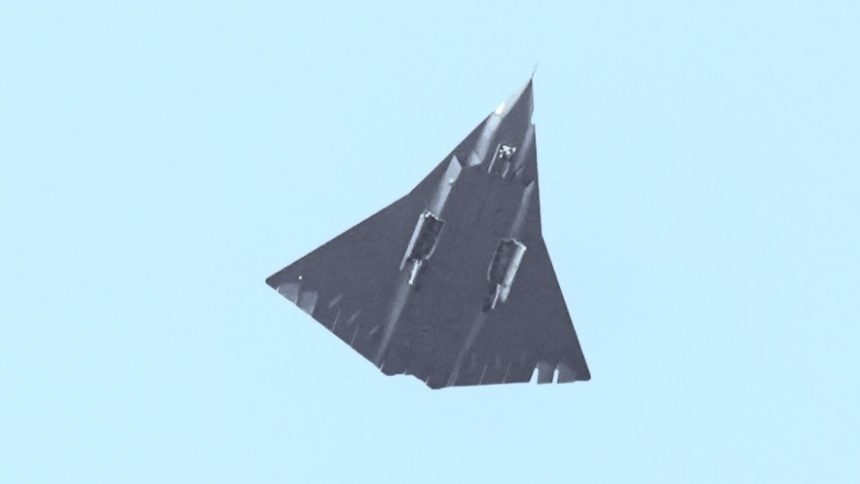

In recent months, reports of China’s development of a 6th-generation fighter jet have raised concerns among defence analysts and military experts, especially in countries like India. However, according to a senior official of the Indian Air Force (IAF) speaking to idrw.org, these concerns might be premature, given that China’s touted 6th-gen aircraft is still powered by the WS-10C engine, a 4th-generation jet engine. While China’s ambitious plans to develop next-generation fighter jets are undeniably significant, the reliance on an older engine technology for their 6th-gen fighter represents a crucial technological gap that the IAF can take advantage of.
The WS-10C engine, which powers China’s current 5th-generation fighters such as the J-20 and is expected to feature in their 6th-gen fighter jet, is a 4th-generation engine. This means that despite the advanced airframe and futuristic features expected from China’s 6th-gen fighter, it is still limited by the performance constraints of its engine. The WS-10C is an improved version of earlier Chinese engines, and while it has been crucial in enhancing the performance of China’s existing fleet, it does not meet the high-performance standards required for a true 6th-generation fighter. This gap in engine technology could hinder the aircraft’s ability to deliver on the promises of next-generation capabilities, including supercruise, hypersonic speeds, and sustained high-speed flight—all of which are essential features for future air superiority.
Continue readingSOURCE: IDRW.ORG


In a significant move towards bolstering innovation in the aerospace sector, Tata Elxsi, a global leader in design and technology services, has signed a Memorandum of Understanding (MoU) with the CSIR-National Aerospace Laboratories (CSIR-NAL). This partnership aims to delve into groundbreaking areas like Unmanned Aerial Vehicles (UAVs), Urban Air Mobility (UAM), and electric vertical take-off and landing (eVTOL) aircraft, as announced by Tata Elxsi in a company filing on January 7.
The collaboration, dubbed ‘Strategic Partnership for Advanced Air Mobility’, seeks to leverage the profound aeronautical knowledge of CSIR-NAL alongside Tata Elxsi’s prowess in technology and design to serve both the global and Indian markets. This alliance is poised to accelerate the development of cutting-edge air mobility solutions, positioning both entities at the forefront of aerospace innovation.
Continue readingSOURCE: IDRW.ORG


In an exclusive statement to idrw.org, an official deeply versed in jet engine technology has shed light on the current status and future prospects of India’s indigenous jet engine development, particularly focusing on the Kaveri 2.0 and its derivatives. The official revealed that while advancements have been made with the Kaveri 2.0 or its derivative versions, these engines still fall within the parameters of fourth-generation technology.
“The Kaveri 2.0 or even the derivative Kaveri engine remains fundamentally a 4th generation engine,” the official stated, emphasizing that although these engines mark a significant step forward for India’s aerospace capabilities, they do not meet the advanced criteria of fifth-generation fighter jet propulsion systems. The transition to fifth-generation engine technology, which is crucial for powering advanced aircraft like the Advanced Medium Combat Aircraft (AMCA), presents its own set of challenges.
Continue readingSOURCE: IDRW.ORG

In a significant stride for India’s defense technology landscape, Guwahati-based AvGarde Systems Private Limited has clinched the first prize in the Technology Development Fund (TDF) scheme, an initiative by the Defence Research and Development Organisation (DRDO). The accolade was awarded for their groundbreaking development, the Avgarde DroneSafe system, which represents a pivotal advancement in counter-drone technology.
Avgarde’s DroneSafe system is engineered with a high-performance X-Band micro-doppler detection radar, which is central to its capability to detect aerial threats with high precision. This system is not just about detection; it’s a comprehensive solution that integrates tactical jamming and a GNSS spoofing module to enact real-time soft-kill countermeasures. These features ensure that DroneSafe can effectively neutralize potential threats without causing physical harm or collateral damage, aligning with modern warfare’s ethical considerations.
Continue readingSOURCE: IDRW.ORG
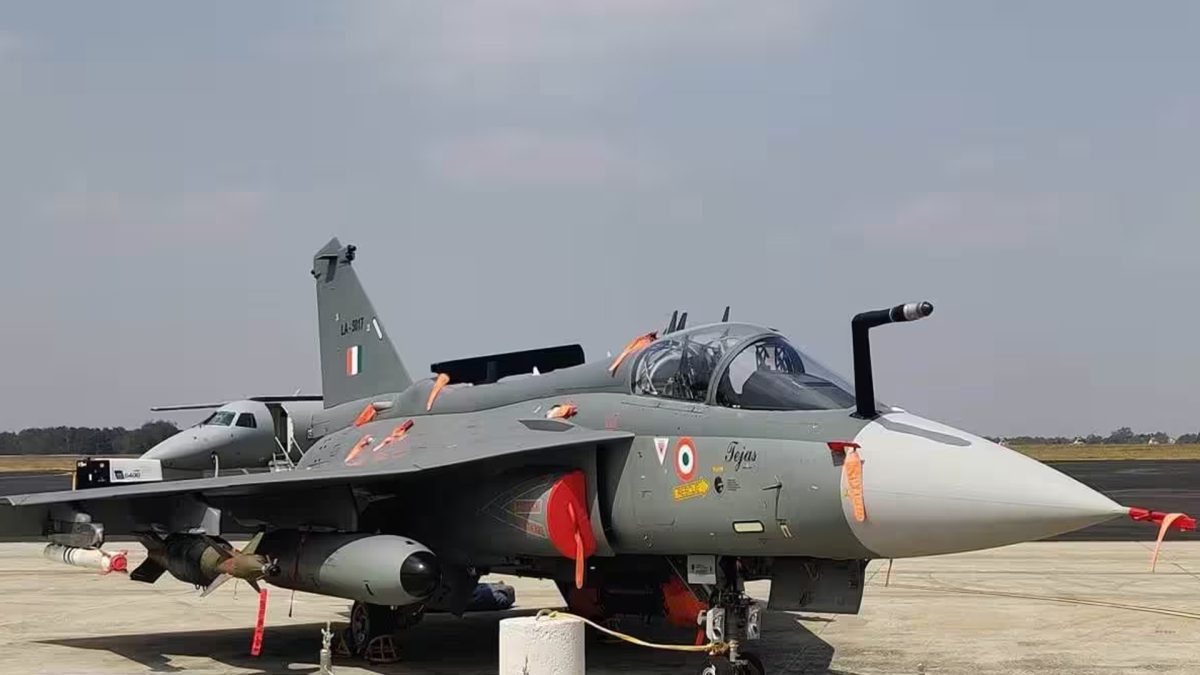

Air Chief Marshal Amar Preet Singh, the current Chief of the Air Staff of the Indian Air Force (IAF), has openly criticized the pace and approach towards indigenous Aircraft manufacturing in India. Speaking recently, he highlighted the slow and often painful process of designing, developing, and manufacturing Aircraft within the country. His comments have sparked a broader conversation about the need for a more dynamic and aggressive strategy in defense production.
During his remarks, Air Chief Marshal Singh pointed out the inherent delays in the development cycle of indigenous projects. “Everything being designed, developed, manufactured within the country, it is a slow process, it is a painful process,” he stated, underscoring the challenges faced by the IAF and other defense sectors in achieving self-reliance.
Continue readingSOURCE: IDRW.ORG


In a move prompted by safety concerns, the entire fleet of around 330 Dhruv Advanced Light Helicopters (ALHs) used by the Indian Armed Forces has been temporarily grounded following a tragic crash in Porbandar on Sunday. The incident claimed the lives of two pilots and an aircrew diver, highlighting ongoing issues with the aircraft’s safety record.
The crash has reignited discussions about the reliability and safety of the domestically produced Dhruv helicopters. A senior team from Hindustan Aeronautics Limited (HAL), the manufacturer of the ALH, has been dispatched to investigate the recent accident. However, criticisms regarding HAL’s approach to addressing these recurring problems have surfaced.
Continue readingSOURCE: IDRW.ORG
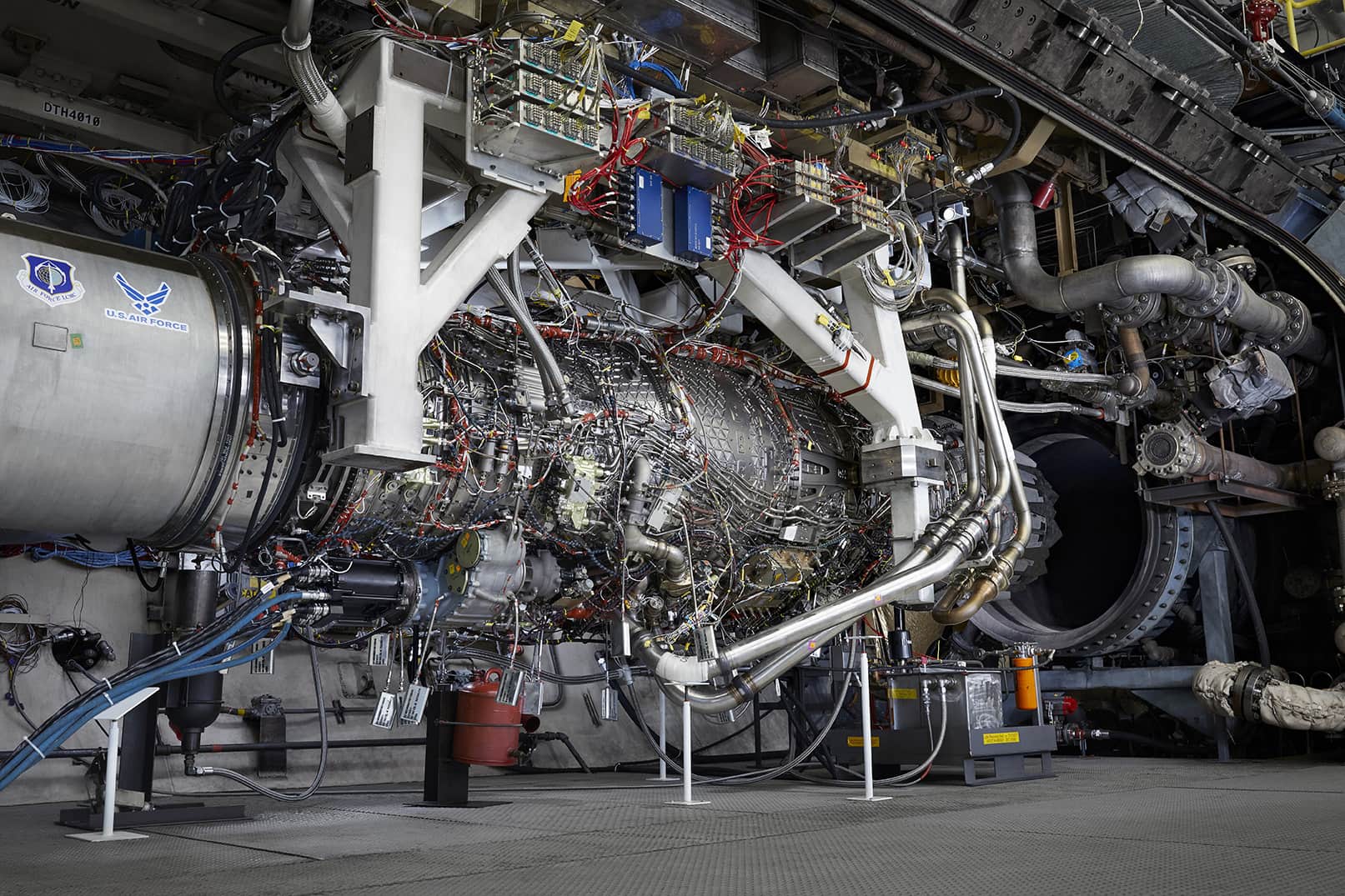

At the 21st Subroto Mukerjee Seminar, Dr. Samir V Kamat, the Chairman of the Defence Research and Development Organisation (DRDO), highlighted the critical need for an increase in India’s defense research and development (R&D) budget. Speaking on the current allocation, Dr. Kamat pointed out, “We invest only 5% of our defence budget on R&D. This has to increase to 10-15% if we have to achieve all our goals. The government is sanguine about this and hopefully, in the next 5-10 years, we will transition from 5% to 15% of the defence budget on R&D.”
Dr. Kamat identified the development of aero engines as the foremost priority for India’s defense sector. He noted that the country has already made strides in this area, stating, “Today, we have demonstrated a 4th generation aero engine for our fighter aircraft. Going ahead we will need a 6th generation aero engine.” However, he underscored the significant investment required for such advancements, mentioning, “But one has to realise that if we want this capability the country will have to invest close to 4-5 billion dollars. That’s Rs 40,000-50,000 crores because we should not repeat the mistakes that we have made in the past…”
Continue readingSOURCE: IDRW.ORG
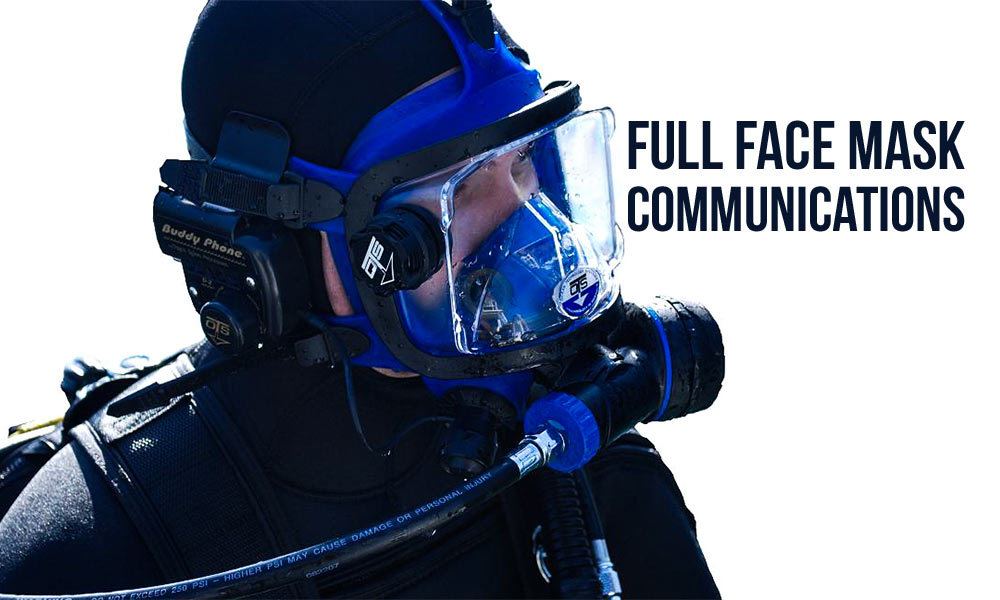

The Defence Research and Development Organisation’s (DRDO) Young Scientists’ Laboratory for Smart Materials (DYSL-SM) in Hyderabad is spearheading a pioneering project aimed at revolutionizing underwater communication for divers. The initiative focuses on developing a “Full Face Mask with underwater wireless cum wired communication system,” leveraging cutting-edge technology to enhance diver safety and operational efficiency.
The primary aim is to indigenize underwater communication systems, reducing reliance on imported technology and fostering self-reliance in India’s defense capabilities.
Continue readingSOURCE: IDRW.ORG


The French Navy’s nuclear-powered attack submarine, Suffren, has made its presence felt in India, accompanying the Charles de Gaulle carrier battle group on a strategic visit. This event is not just a demonstration of military cooperation between the two countries, but also an opportunity for India to explore advanced submarine technologies. France has extended an offer to India, sharing the cutting-edge Pump-jet propulsion technology used in the Suffren-class nuclear-powered attack submarines, a crucial component that could have significant implications for India’s ongoing nuclear submarine projects.
The Pump-jet propulsion system is a sophisticated alternative to traditional propeller-based propulsion systems. This technology uses a pump to draw water into the submarine and eject it through a nozzle, creating thrust. The design significantly reduces noise levels, making it more stealthy and harder to detect. As stealth is one of the most critical factors in modern naval warfare, particularly for submarines, the Pump-jet system offers a clear advantage in maintaining operational secrecy and survivability in hostile waters.
Continue readingSOURCE: IDRW.ORG


The Defence Electronics Applications Laboratory (DEAL) in Dehradun has made significant strides in airborne communication technology with the successful trials of the C-Band Line-of-Sight (LOS) Datalink under the Datalink Airborne Platforms (DLAP, DEA-118) project. These trials were conducted on the HS125-800 Hawker aircraft at the Centre for Airborne Systems (CABS) in Bengaluru, in collaboration with industry partners.
The trials started with ground-based tests between the Ground Earth Station (GES) and a moving vehicle, ensuring the reliability of the datalink system under dynamic conditions. The Line Replaceable Unit (LRU) for the airborne datalink was successfully installed on the HS125-800 Hawker aircraft, marking a significant step in integrating advanced communication systems into existing platforms.
Continue readingSOURCE: IDRW.ORG

As anticipation builds around the announcement of the winner for India’s Project-75I submarine tender, the program might soon face legal hurdles due to non-compliance with the Air Independent Propulsion (AIP) system standards specified in the Request for Proposal (RFP) by the Indian Navy.
The tender pits Germany’s ThyssenKrupp Marine Systems (TKMS) with its U-214NG submarine against Spain’s Navantia, which offers the S-80 class. Both contenders have showcased their AIP systems but in ways that have raised questions about adherence to the Navy’s technical requirements.
Continue readingSOURCE: IDRW.ORG


In a move to enhance its operational capabilities in desert and semi-desert environments, the Indian Army has issued a Request for Proposal (RFP) for the procurement of 10,276 Multi-Spectral Camouflage Nets (MSCN). This procurement is aimed at equipping critical military assets like tanks and radars with state-of-the-art camouflage technology to evade enemy detection across multiple electromagnetic (EM) spectrum ranges.
The MSCNs are specifically intended to provide multi-spectral concealment for critical military assets when operating in hostile environments. These nets are designed to safeguard equipment by minimizing their detectability from enemy surveillance systems, ensuring a tactical advantage in both offensive and defensive operations.
Continue readingSOURCE: IDRW.ORG


The Indian Navy’s commitment to enhancing its naval capabilities is evident with the significant upgrades to the new batch of Talwar Class frigates. These upgrades include the introduction of the A-192M Naval Gun and a shift from the twin-arm launcher to a Vertical Launch System (VLS) for the Shtil-1 Air Defense (AD) system, marking a substantial leap in both offensive and defensive prowess.
Replacing the previous A-190E, the A-192M Naval Gun is a notable upgrade. This gun, which is also employed on Russia’s Admiral Gorshkov-class frigates, promises improved range, accuracy, and firing rates. The A-192M is designed to tackle both surface and aerial threats effectively, with an emphasis on reducing the ship’s radar signature through its stealth-friendly design. This upgrade not only increases the lethality of the Talwar Class frigates but also aligns them with modern naval combat requirements, where the ability to engage multiple types of targets at extended ranges is crucial.
Continue reading